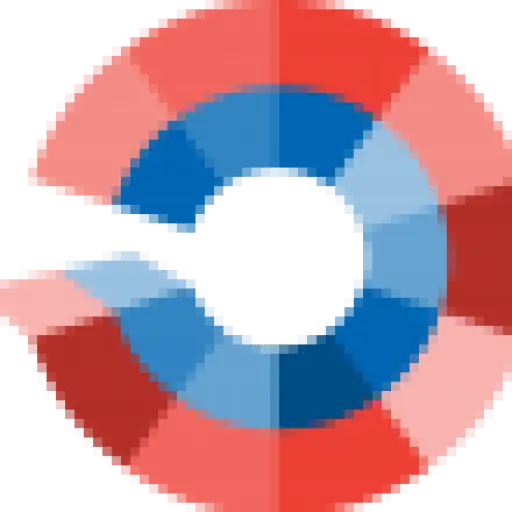Good data communication hinges on picking right chart. The patterns and insights almost magically emerge when you choose a chart or visualization that emphasizes the important elements in your data. Unfortunately, this is one of the biggest struggles for inexperienced presenters of data.
Good data communication hinges on picking right chart. The patterns and insights almost magically emerge when you choose a chart or visualization that emphasizes the important elements in your data. Unfortunately, this is one of the biggest struggles for inexperienced presenters of data.
I don’t like to knock our own stuff, but a little healthy introspection is always a good thing. Consider our popular ChartChooser tool. In spite of its carefully crafted name (it was core of an ad campaign akin to peanut butter: Choosy chart choosers choose ChartChooser — no, not really), we’ve come to believe that ChartChooser isn’t so useful for the “Chooser” part; it is useful because the “Chart” part is nicely formatted, downloadable PowerPoint and Excel charts.
Here are the filtering choices for ChartChooser:
I’ve been at this a while and I still don’t always know how to connect what I’m trying to express with words as vague and broad as “Composition” or “Relationship.”
It isn’t entirely ChartChooser’s fault. Basic chart types are by nature broad and flexible in their usage. How can we make it easier for someone to make that leap from their question to a visualization that best answers it?
We believe one part of the solution is to make visualizations more purposeful. That is, create re-usable ways of expressing data that are carefully designed to answer common questions that people pose about their data.
While it’s true that everyone’s data is unique, what we’ve learned is that in most cases, the things they want to know about their data aren’t so unique. The same sets of question patterns show up time after time. It’s almost like a game of Mad Libs:
- Which are my top performing _plural noun_?
- Which _plural noun_ are the most significant outliers when measured by _ measure_ and _ measure_?
- Which _plural noun_ have improved or declined the most over the last _time period_?
- How does _singular noun_ compare to _singular noun_ across my important performance measures?
Our goal is to draw straight, obvious lines between questions like these and a visualization that directly and simply expresses an answer.
If you consider the last data Mad Lib question above, our match-up visualization is a good example: compare two things side by side to see relative performance. The Match-up was inspired by the traditional tale-of-the-tape graphics that you used to see in boxing matches.
Like a lot of our visualizations in Slice, we’ve added a number of key features that really help the user quickly understand and explore the data. Here are a couple examples:
What questions do you ask of your data?









